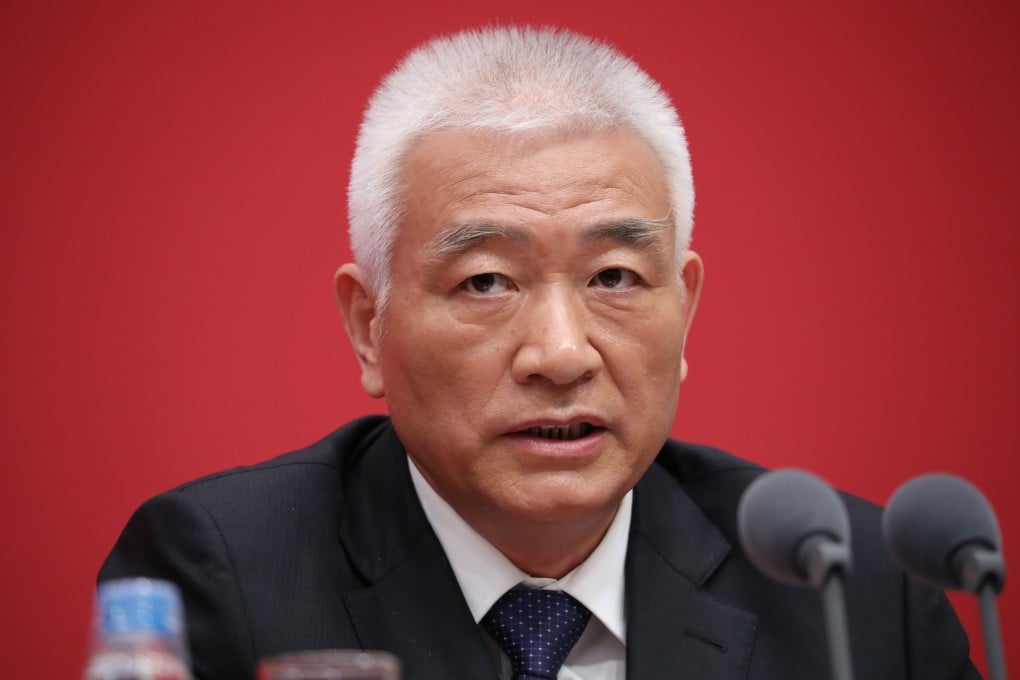China’s ‘leapfrog period’ of rapid scientific achievement makes it an innovation powerhouse, says minister
- ‘China has successfully entered the ranks of innovative countries,’ according to science and technology minister
- Number of R&D workers in the nation rose from 3.25 million in 2012 to around 6 million in 2022

Wang Zhigang on Friday said it had been a “leapfrog period” for development with “unprecedented growth in the capacity for science and technology innovation”, and it was a driving force for productivity.
“China has successfully entered the ranks of innovative countries,” the minister said.
According to Wang, China’s innovation rankings boost could be attributed to skyrocketing investment in research and development over the past decade, having risen from 1 trillion yuan (US$145 billion) in 2012 to 3.09 trillion yuan in 2022.
The funding for basic research has also seen a substantial surge – from 49.9 billion yuan in 2012 to around 195.1 billion yuan in 2022 – with its share of total research and development funding rising from 4.8 per cent to 6.3 per cent.